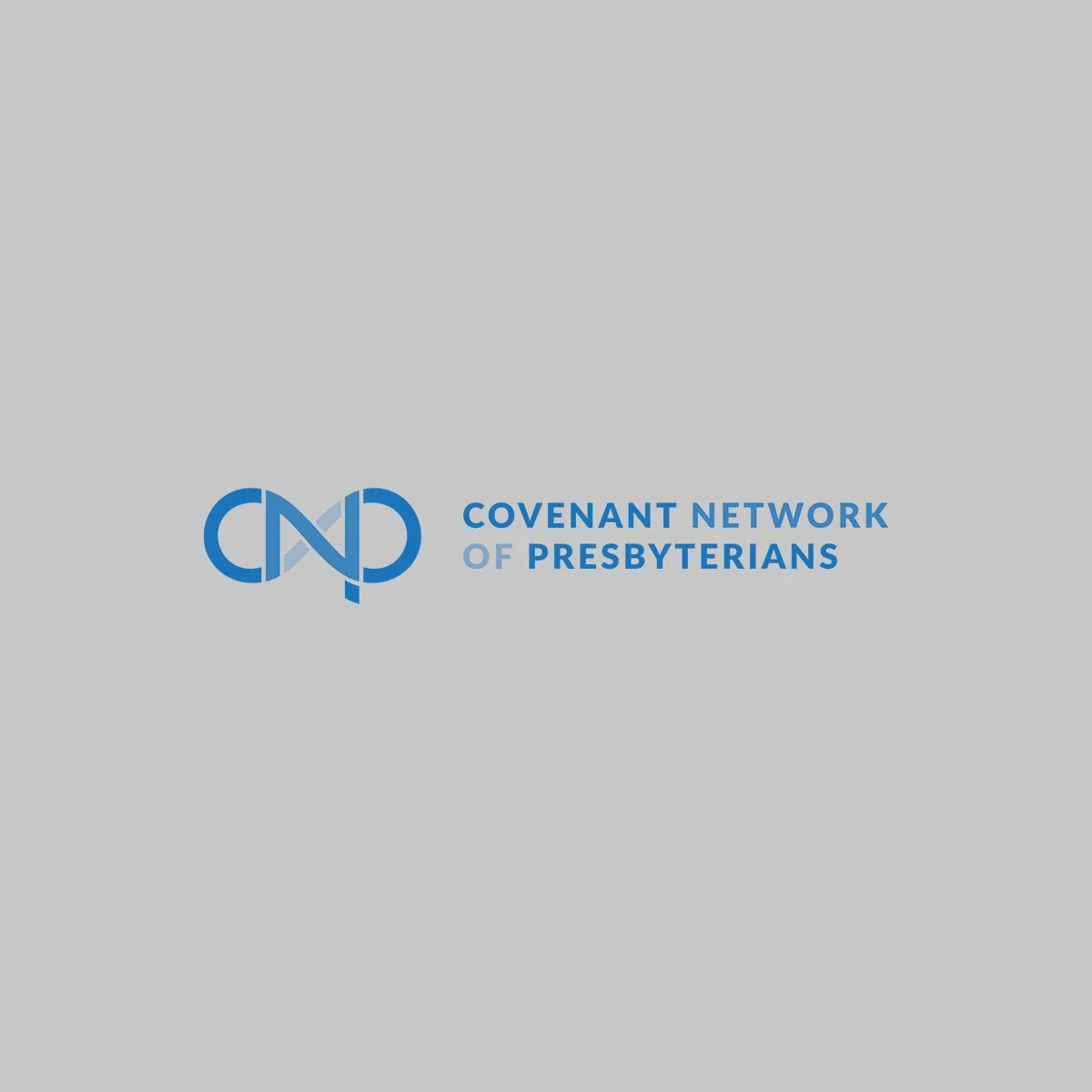Voice
Whether you use lots of syllables or short, punchy words to drive home your point, you can convey your organization’s character and priorities through the words that you choose. The tone you choose can convey how accessible you are, what degree of professionalism you bring, and what kind of relationship your audience might expect to have with you. Are you buttoned up, with grammatical precision that would make Oxford proud? Or do you play a little fast and loose with phrases and participles dangling? Your stylistic choices signal how serious, playful, or even feisty your organization wants to be seen.















